April is Donate Life Month in the United States. Donate Life Month is primarily known as a time to acknowledge those who have saved the lives of others by donating an organ, but it is also a chance to highlight the incredible journeys of those who have required organ transplants.
Two years ago, Peter V. had a seven-hour emergency liver transplant after a chronic hepatitis B infection led to rapid liver failure. Peter sat down with us and shared an in-depth look into why he needed a liver transplant and how it changed his life.
- Why did you need a liver transplant?
I had acute liver failure. About 1 and ½ years before my liver failure, I was taken off the hepatitis B medication (Viread) by my gastroenterologist and to maintain blood work monitoring about every 6 months. From the span of June of 2017 to January of 2018 immediately before my liver failed, my hepatitis B DNA went from 1,000 IU/L to 169 million IU/L and my ALT went from 24 IU/L to 4,419 IU/L. By this time, my liver had completely been destroyed through cirrhosis. Without the hepatitis B medication, the virus can flare up at any time and reaction to it once this happens could be too late as in my case.
2. What did a liver transplant mean to you previously? Did you realize how serious the procedure was?
I never thought about a liver transplant, or any transplant for that matter. I never thought I would need one. Before, life with hepatitis B was normal and routine. Hepatitis B was simply part of my life; I took my medications and had no side effects from them, so the liver transplant was a surprise to me.
I didn’t understand how serious a transplant was. My condition deteriorated rapidly when my liver began to fail. I couldn’t even do basic functions like unlocking my phone. It got to the point where my situation was so severe that I was in and out of consciousness; I didn’t even know that they were taking me into surgery. Upon recovery, when my cognitive function came back, my wife informed me that my situation had been extremely critical.
3. What kind of treatment and follow-up did the transplant involve?
I was bed-ridden and unconscious for over two weeks after the transplant. I needed physical therapy to regain my strength – to sit up or to get out of bed. For two weeks, I had therapy three or four times a day to regain my ability to speak and cognitive thinking.
Blood work is also a big part of follow-up. In the beginning, I had to have my blood taken daily before it lessened to once a week, then once every two weeks, and eventually to once a month. All of the blood tests are to make sure that your body does not reject the new organ. I’m on anti-rejection medications, but there is always the risk that your body can reject it. About a year ago, my ALT number rose to high levels, which raised immediate concern. My post-transplant team took a sample of my liver and found that my body was rejecting the new liver. They increased my anti-rejection medications and my body was able to adapt.
I also developed diabetes after my transplant and had to be placed on insulin, however, I was able to stop taking it by changing my diet and monitoring my blood sugar through my eating habits.
4. How has the liver transplant changed your life? Are you still able to carry out daily activities the same way you did previously?
I don’t drink alcohol at all anymore and I take much better care of my body. Before my transplant, I didn’t take hepatitis B seriously. I was still drinking alcohol and wasn’t eating a healthy diet. The transplant made me realize how serious hepatitis B could be if you don’t take care of your liver.
The anti-rejection pills suppress my immune system, which means I have to be very careful about what I eat and how it is prepared. Eating out at restaurants is a risk because you have to trust that the restaurants are properly cleaning their food and that it is cooked properly. Because of the immunosuppressants, improperly cleaned food can be dangerous. One time I developed a fever and had to be hospitalized because of cross-contamination between foods at a restaurant. You really have to be aware of what you are eating.
The reminders for COVID-19 to wash your hands thoroughly and not touch your face have been my life since the transplant. Eventually, these actions become a habit. I am still able to work and do physical activities like yard work and exercise, but it is not as vigorous as before. I still get fatigued throughout the day, but it doesn’t stop me from living my day-to-day life.
I don’t know how I would do this without support. I don’t know how I would do this by myself. I still do physical therapy to regain my strength and my family helps while I go through this journey. Family support is key. I also have a post-transplant team that will help monitor my health for at least 3 years after my transplant.
Most importantly, my family support has been abundant and going through an experience like this makes me much more appreciative of the love and care from having family support that should not be taken for granted. Now, the time spent together regardless of the activities are much more precious.
5. Is there anything that you wish you could have changed about your experience?
I wish I didn’t have to go through the transplant. I wish I knew more about how serious hepatitis B was. I still drank alcohol and ate the same foods that I ate before my diagnosis. I neglected my liver health. I wasn’t serious about it before the transplant; hepatitis B was invisible to me. It shouldn’t have taken a liver transplant for me to become aware of it.
6. What have you learned since your journey? Do you have any advice for those living with hepatitis B who think that a liver transplant is the best, or only, option for them?
I don’t think that a liver transplant is an “option”. For me, it was life-or-death. Because I was in critical condition, I was able to get it immediately. For others, getting a transplant is a long and difficult journey.
A liver transplant is not going to get rid of chronic hepatitis B. You will still live with it. Hepatitis B is still a part of my life every day. The difference is that I now have an understanding of what it can do to my liver.
Having chronic hepatitis B is not life-ending. It’s not even life-changing as long as you take your medication and take care of your liver. I put my friends and family through a scary experience. If you have chronic hepatitis B, take your medications and keep your liver healthy. Take your diagnosis seriously.
About Liver Transplants for Those Living with Hepatitis B:
A liver transplant is a very serious surgery that removes a diseased or injured liver and replaces it with a healthy one. People living with hepatitis B can need a liver transplant if their liver begins to fail. This typically occurs if the infection is not being monitored properly, or if significant liver damage has been occurring. Regular monitoring by a knowledgeable provider, a healthy lifestyle, and taking medications, if needed, as prescribed, can help prevent the need for a liver transplant.
Thank you, Peter, for providing a look into your experience!


 diagnosed with hepatitis B, or maybe you are spending this year alone because you are scared to begin a relationship. This year, instead of focusing on others, take Valentine’s Day to love yourself – and your liver!
diagnosed with hepatitis B, or maybe you are spending this year alone because you are scared to begin a relationship. This year, instead of focusing on others, take Valentine’s Day to love yourself – and your liver! 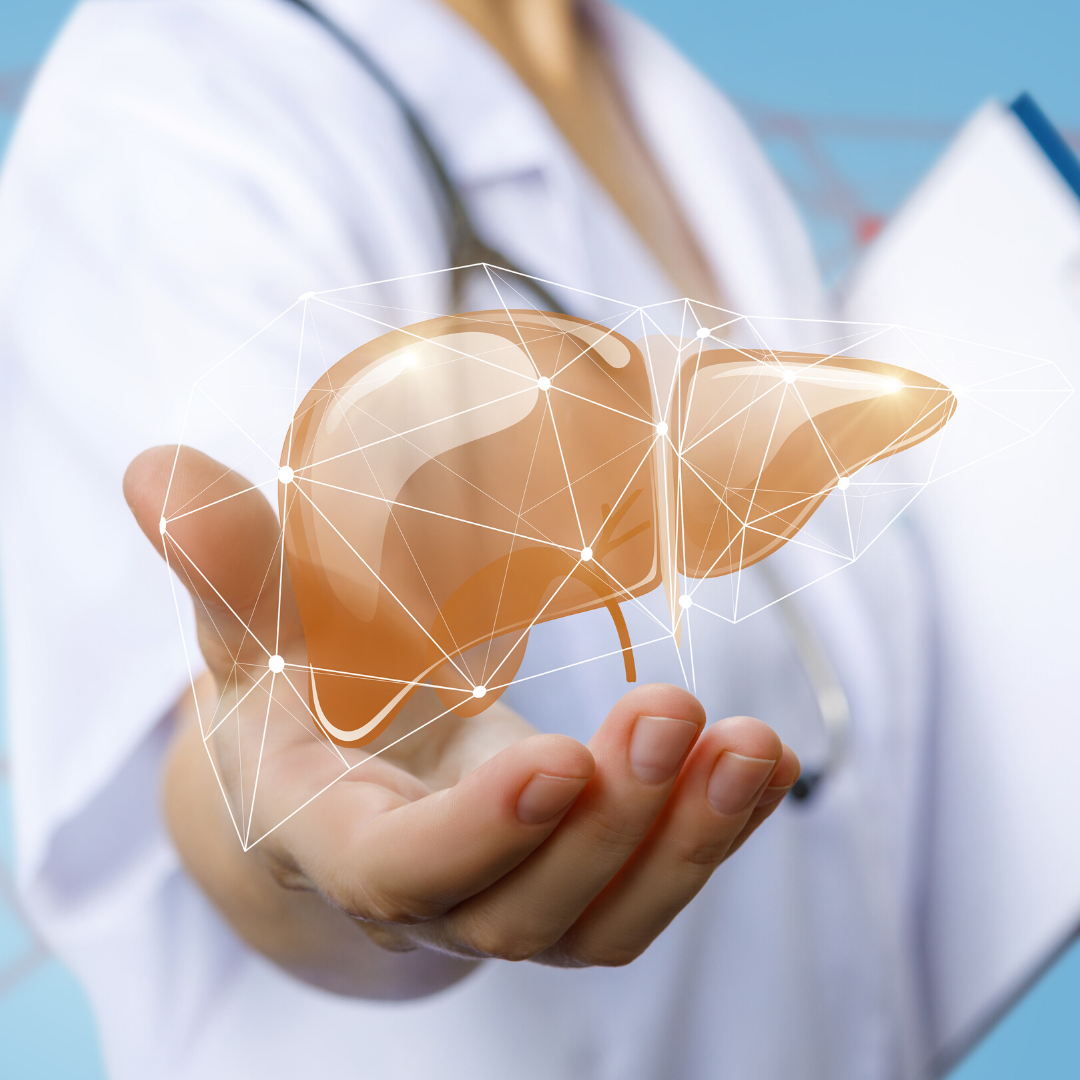 produced by a mold that grows on crops like corn, peanuts, and tree nuts. Aflatoxins are more common in warm, humid parts of the world, such as African countries and areas with tropical climates. Before eating any grains and nuts, check for any signs of mold. If the food appears to be moldy, do not consume it. The World Health Organization also
produced by a mold that grows on crops like corn, peanuts, and tree nuts. Aflatoxins are more common in warm, humid parts of the world, such as African countries and areas with tropical climates. Before eating any grains and nuts, check for any signs of mold. If the food appears to be moldy, do not consume it. The World Health Organization also 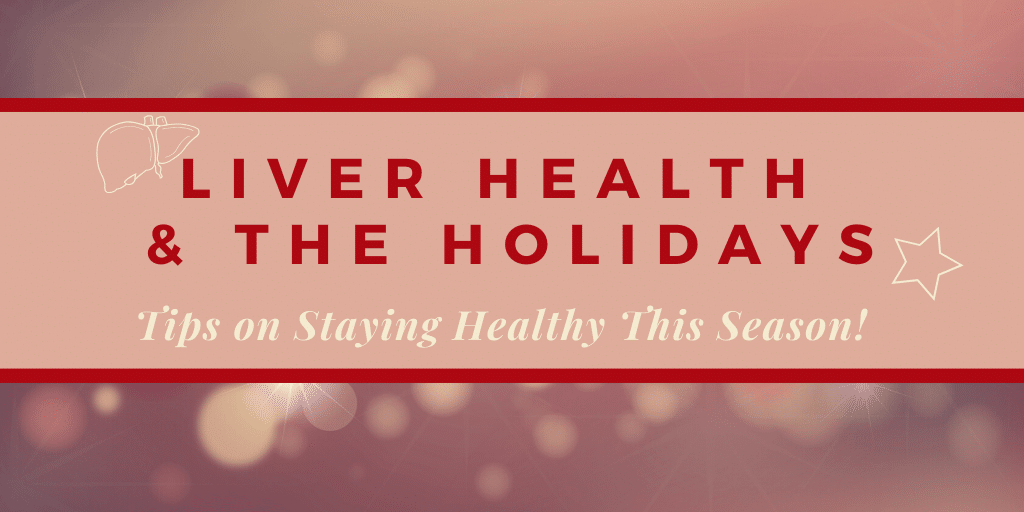

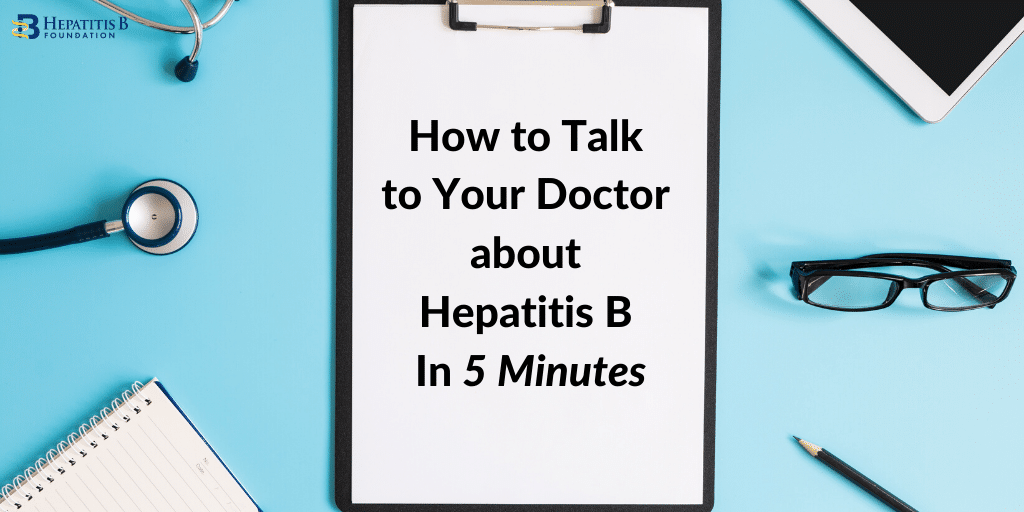
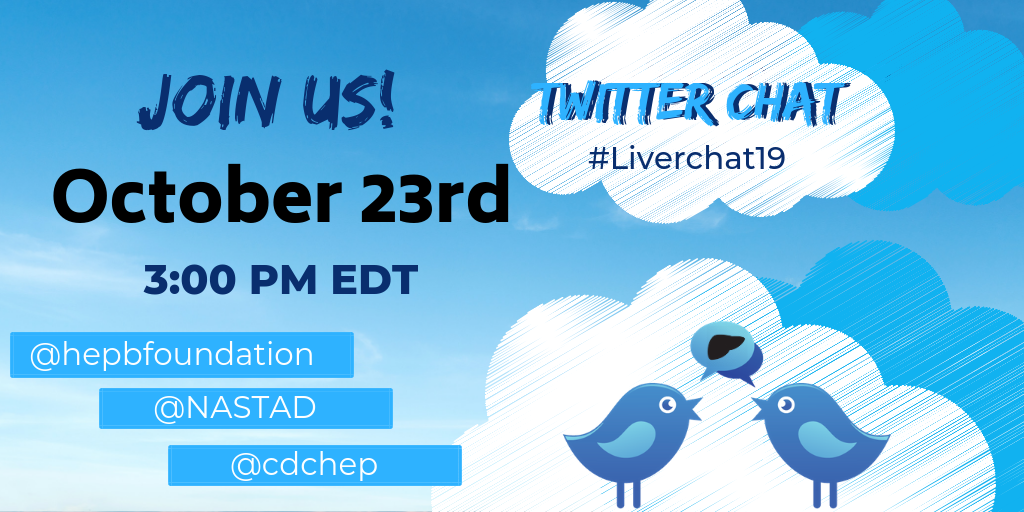
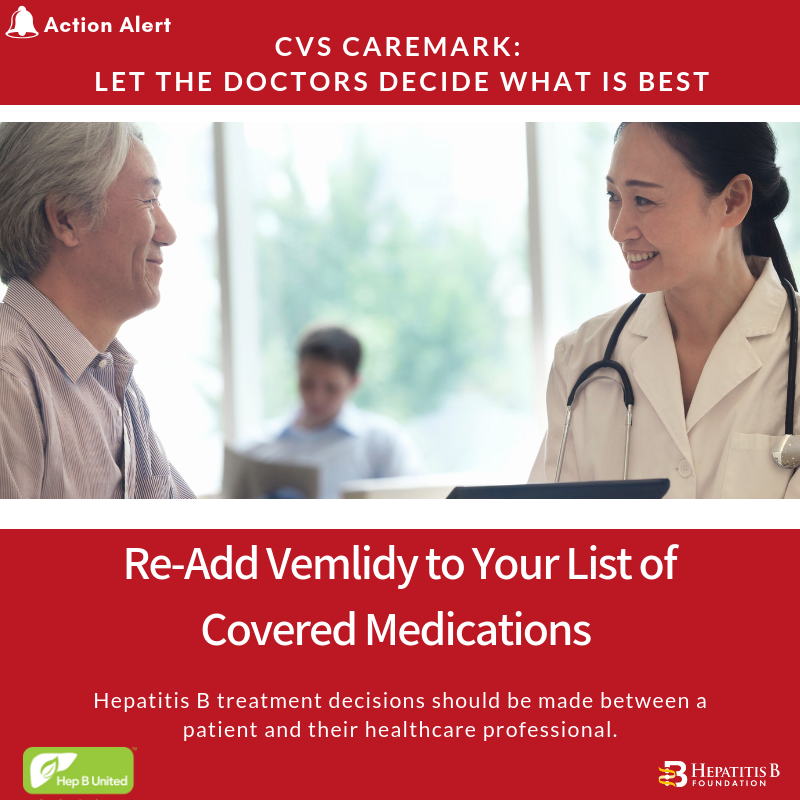 covered medications, or
covered medications, or 
 Both issues can impair the liver’s ability to function and filter out toxins that enter the body. They can also increase a person’s risk of developing liver cancer. Recently,
Both issues can impair the liver’s ability to function and filter out toxins that enter the body. They can also increase a person’s risk of developing liver cancer. Recently,